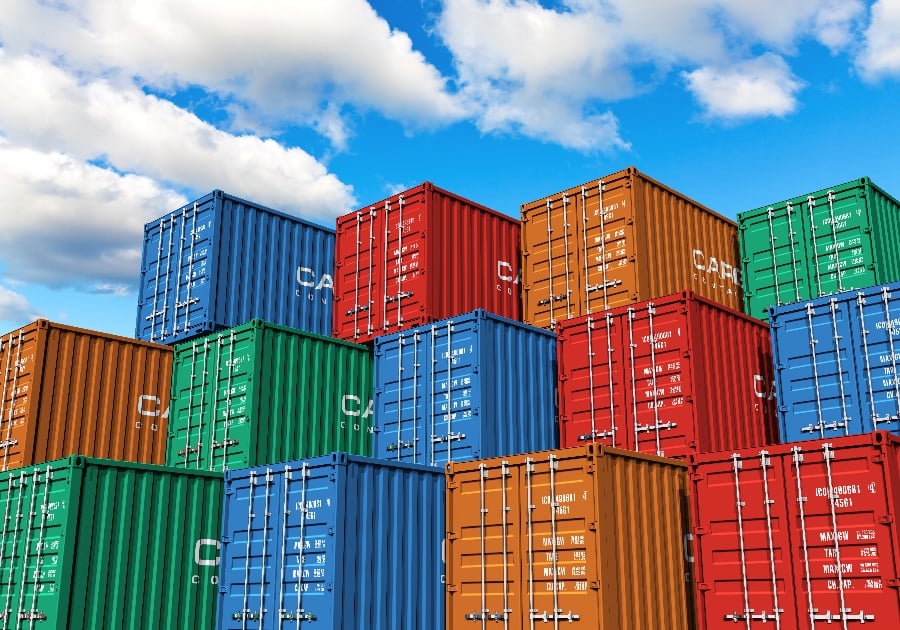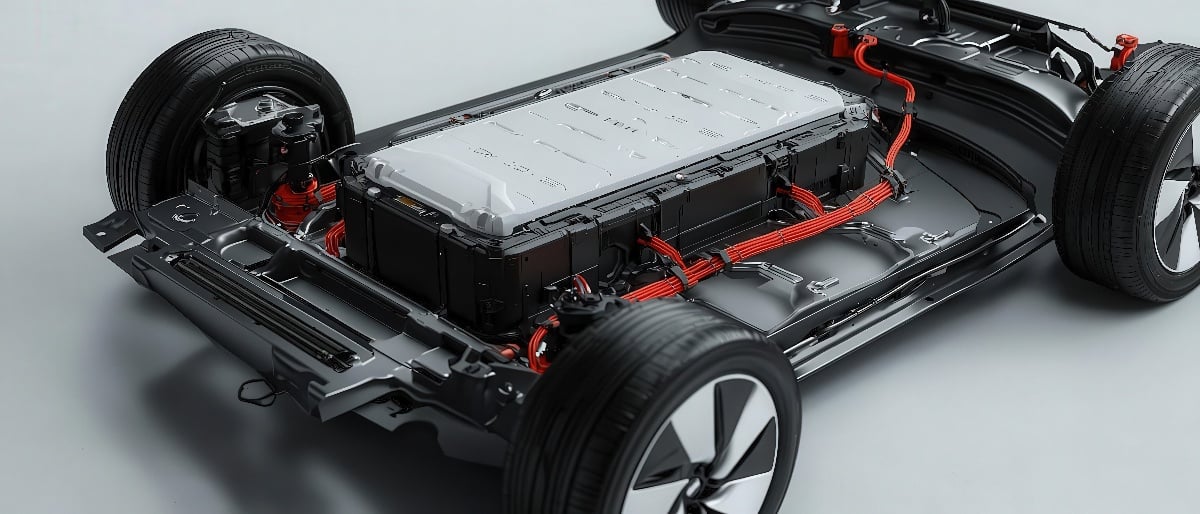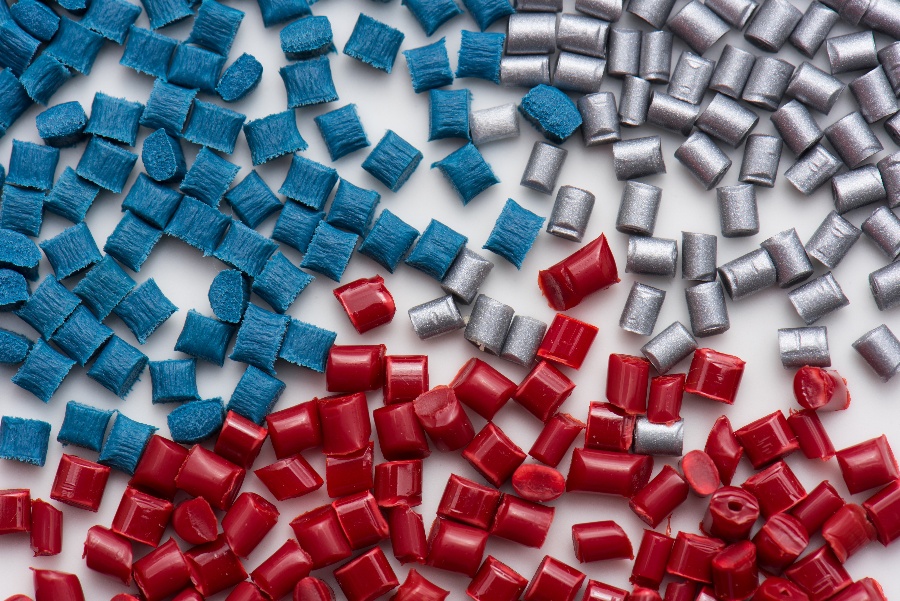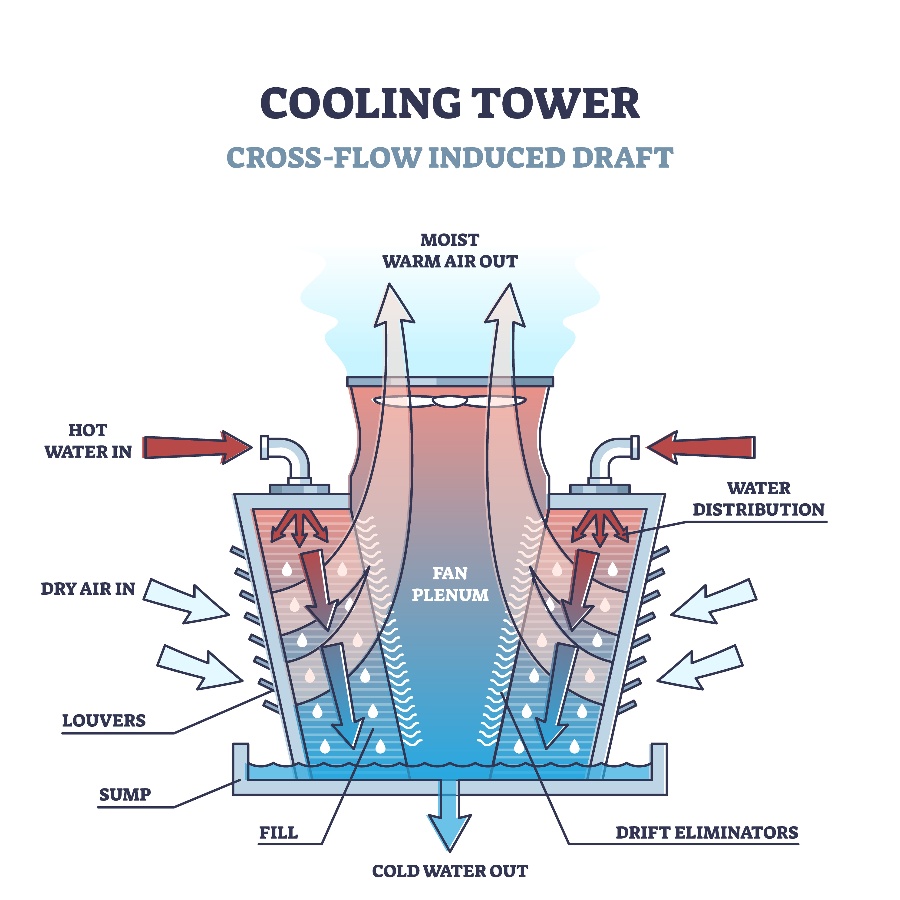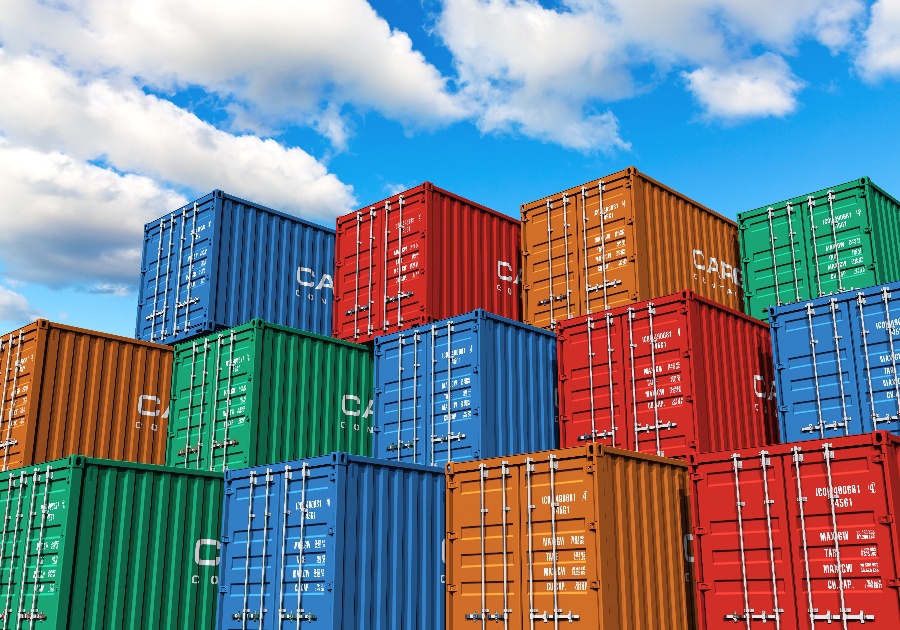
Shipping containers are an essential part of the global economy. They allow goods to be transported quickly, safely, and efficiently from one side of the world to the other.
Made from a durable steel alloy, these containers can withstand harsh conditions on land and at sea, allowing for repeated use over many years. In addition to their strength and longevity, shipping containers are highly customizable and can be easily adapted for different applications.
With all of these benefits, it's easy to see why shipping containers have become such an integral part of modern trade. Whether you're shipping machinery across the ocean or transporting household goods halfway around the world, you can rely on these versatile containers to get the job done safely and securely.
In order to transport goods effectively and efficiently, engineers need to design effective shipping containers. Through careful planning, attention to detail, and an understanding of the needs of both shippers and customers alike, engineers can help ensure that goods get where they need to go safely and securely.
Shipping Container Design
When designing a shipping container, many considerations must be taken into account. First and foremost, the container must be strong enough to withstand the rigors of transport on land, sea, and air. In addition, it needs to be compact enough to fit easily onto rail cars or trucks but also large enough to accommodate a wide variety of goods. This requires a careful balance of material thickness and construction techniques that strike a balance between durability and weight.
Furthermore, the design should incorporate space-saving features such as foldaway bays or stackable decks to maximize efficiency when loading and unloading cargo. Ultimately, the goal of any shipping container design is to create an effective vessel for transporting goods quickly and safely across great distances.
Shipping Container Material Choice
When designing a shipping container, engineers must think carefully about the materials used. Not only should these materials be strong and durable to protect whatever is being shipped inside, but they should also be lightweight in order to maximize efficiency. Different materials will have different advantages in this regard.
Shipping containers can be built using a robust mix of materials that provide both strength and durability. From durable metal frames to impact-resistant plastic walls and weatherproof coatings, these shipping containers can withstand significant wear and tear as they traverse the globe delivering goods to customers. In addition, many shipping containers are equipped with features such as cargo nets, built-in locking systems, and air vents to further improve the safety and security of their contents.
For example, high-grade steel is a common choice for shipping containers because it is highly resistant to corrosion and impact damage. At the same time, lightweight aluminum can help to reduce fuel costs by making transportation more efficient. Other options, such as recycled plastics or new composite materials, may offer additional benefits such as sustainability and reduced environmental impact.
Thanks to advances in engineering techniques and materials science, designers are now able to use lightweight materials like carbon fibers and advanced composites to create solid yet resilient structures that are more resistant to external influences like wear and tear or damage from weather. Additionally, new types of junction points allow for more varied configurations inside the container to better accommodate specific loads or functions.
These developments have contributed greatly to a new era of effective and innovative shipping container design that continues to advance today. Ultimately, choosing the right material for a shipping container depends on a range of factors that must be carefully considered by engineers in order to create the best design possible.
Real-World Study and Example
A recent study has found that shipping containers made with composite materials can weigh up to 80% less than traditional containers. In this research, a new design for a 40-foot shipping container made of carbon fiber laminates was created. The tare weight of a traditional shipping container of the same size is 3750 kg. However, the weight of the composite container designed in this research is only 822 kg.
Such a dramatic weight reduction would have numerous benefits for the shipping industry. First, it would reduce fuel costs by allowing more containers to be carried on each trip. Second, it would reduce wear and tear on vehicles and equipment, as well as reduce greenhouse gas emissions. Third, it would allow shipping companies to increase their profits by increasing the number of containers they can ship each year.
TenCate Advanced Armor USA, a company specializing in the production of lightweight armor for military and law enforcement applications, has teamed up with Air Cargo Containers, LLC of Phoenix, Arizona to manufacture air cargo containers using TenCate's advanced composite materials.
The resulting containers are up to 42% lighter than their aluminum counterparts while still providing superior strength and durability. The lighter weight of these containers results in significant fuel savings for airlines, as well as reduced wear and tear on aircraft cargo-handling equipment.
One material choice that engineers can take advantage of is fiberglass-reinforced plastic (FRP).
FRP for Shipping Containers
When it comes to shipping containers, durability and strength are two of the most important considerations. Heavy loads and rough handling can take a toll on less durable materials, increasing the risk of damage or failure. In this context, fiberglass-reinforced plastic stands out as an excellent choice for shipping containers.
Durability
When it comes to shipping containers, one of the most important considerations is durability. After all, these large and often quite heavy objects need to be able to withstand a great deal of wear and tear throughout the shipping process, as well as any rough handling that may occur during storage or loading. In addition, it is important that shipping containers maintain their structural integrity throughout their lifespan in order to ensure the safety and security of the cargo they are transporting.
In this regard, fiberglass-reinforced plastic is an ideal choice. This material combines the high strength and resistance to impact typical of plastics with the durability and shock absorption properties of fiberglass. As a result, FRP containers can be used in a wide variety of harsh conditions without losing their structural integrity or exhibiting signs of wear and tear. Additionally, when compared to metals like steel, aluminum, or even wood, FRP containers tend to require much less maintenance over time.
Lightweight
When it comes to shipping containers, one of the most important factors is weight. Due to the scale of modern transportation systems, each unit needs to be as lightweight and compact as possible to minimize fuel costs and maximize efficiency. Additionally, since so many containers are now transported using trains or trucks, reducing their weight can help improve safety by minimizing wear on vehicles.
FRP is lightweight compared to many other common materials used in container construction, such as steel or wood. This makes it easier to move and transport the containers, reducing costs and increasing efficiency. In addition, because it is relatively thin and flexible compared to other typical container materials like steel or aluminum, FRP can be molded into complex shapes that enable it to conform to the contents of the container more easily.
Overall, FRP is a great choice for shipping containers due to its many benefits in terms of strength and durability. Whether you are transporting food or construction materials across long distances, you can rest assured that your items will arrive safely when packaged in an FRP container.

